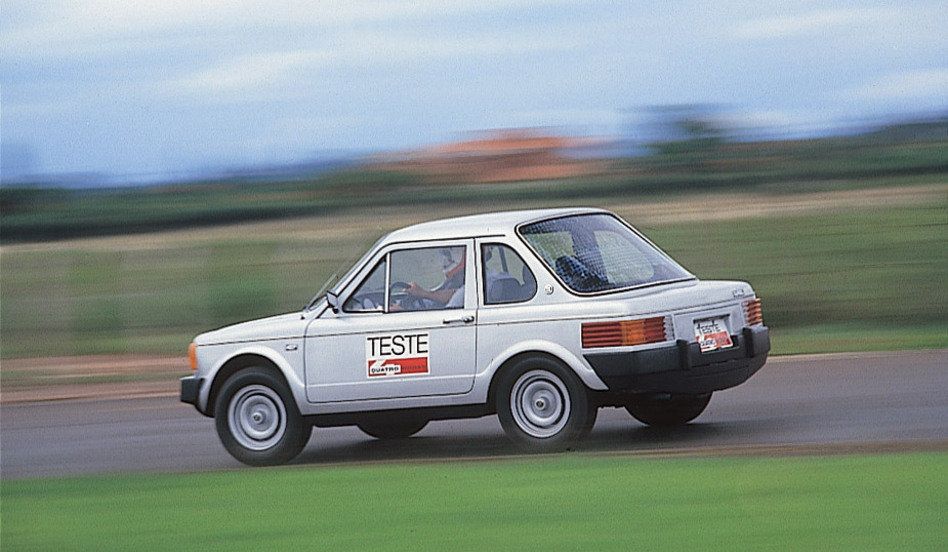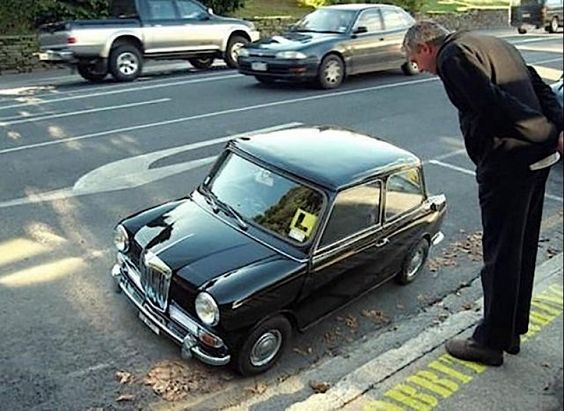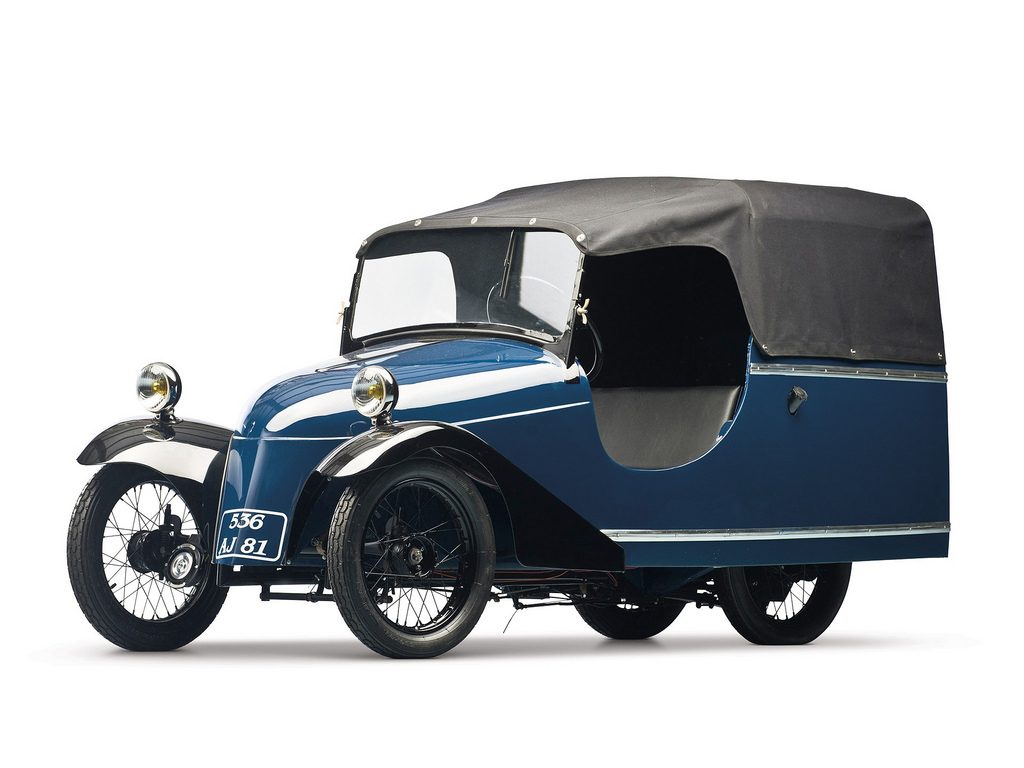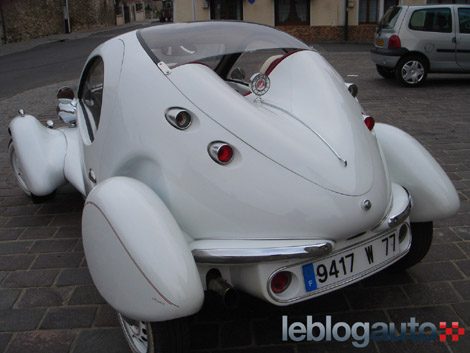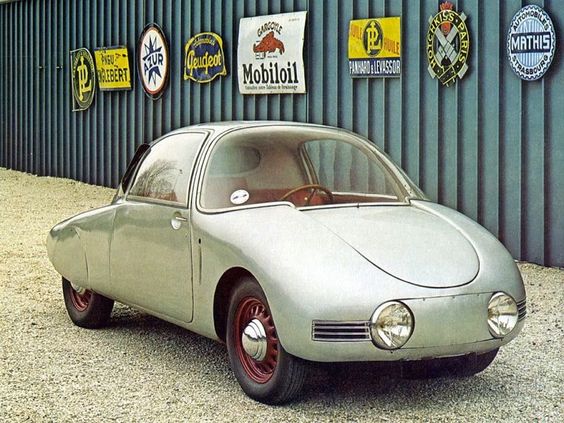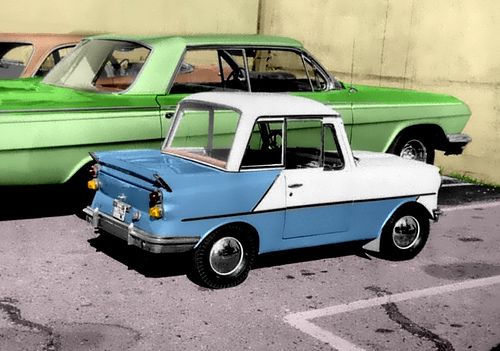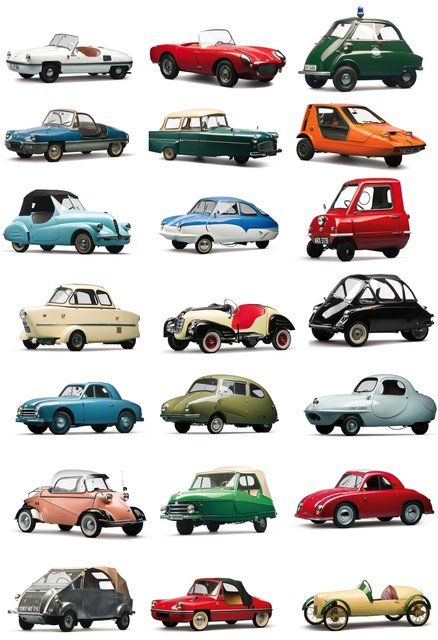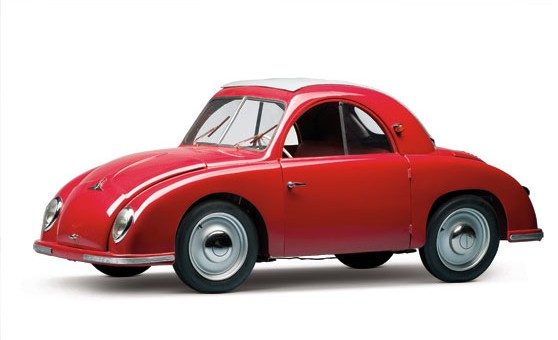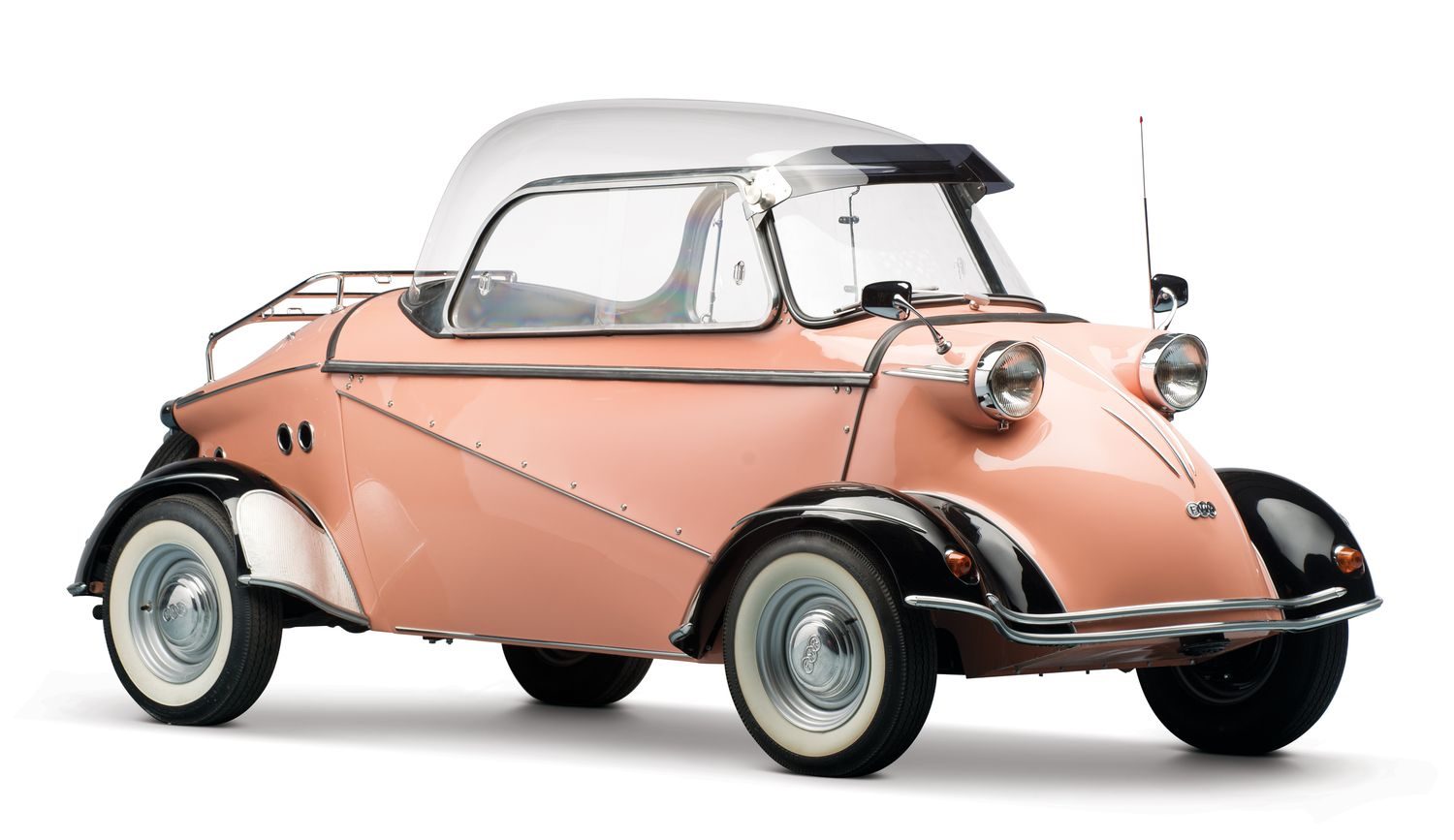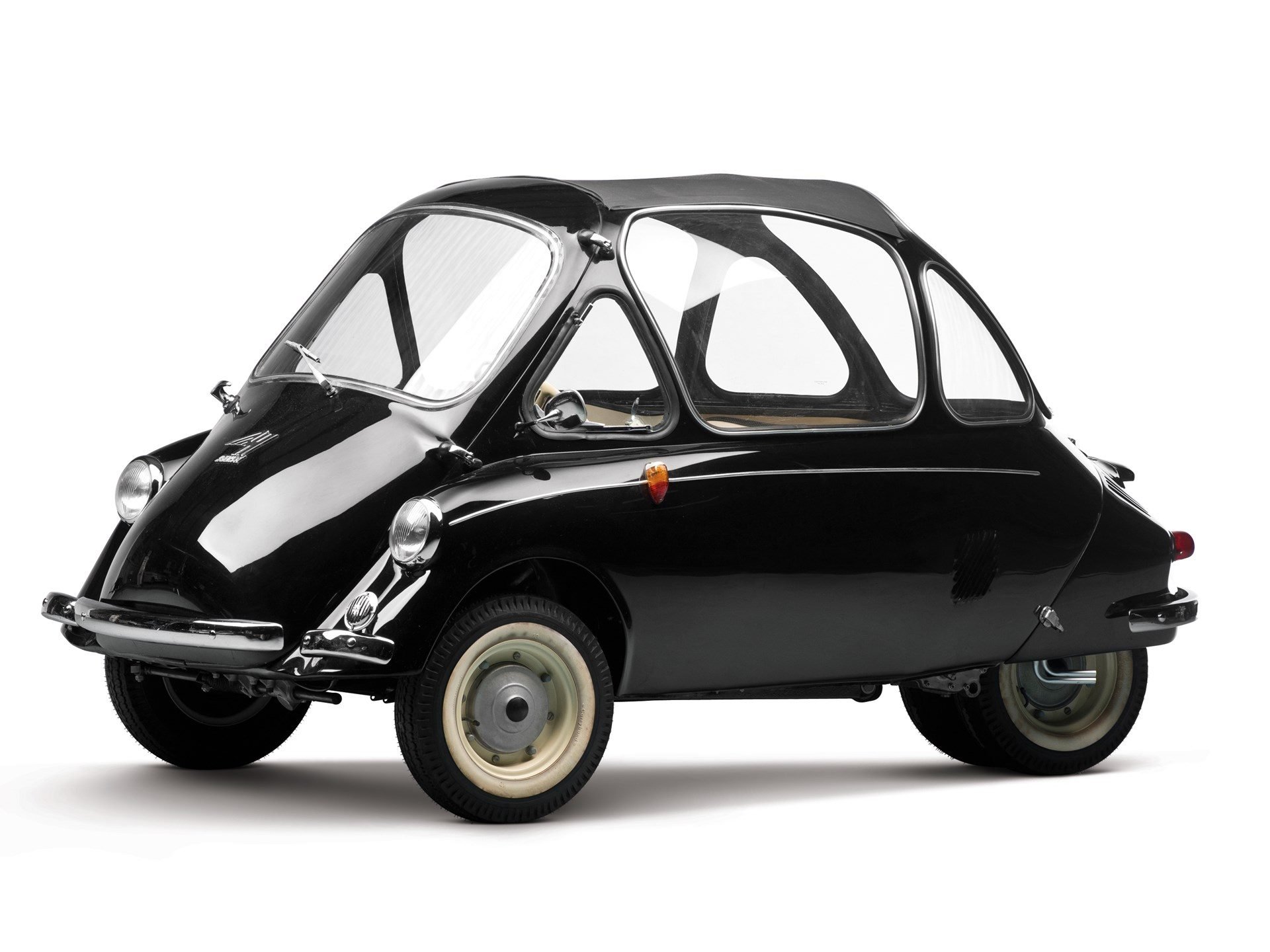- 27,162

- United Kingdom
The world of Neigbourhood Electric Vehicles (NEVs) and quadricycles is the gift that keeps on giving when it comes to microcars. Just discovered the "Dynasty":


Caught my attention mainly for its unusual styling - it almost looks like there's some Beetle/mk1 Audi TT influence. It's under 1500lbs, but performance is pretty low - 25mph and 30-mile range. Designed and built in Pakistan so it's clearly designed for different markets from our own.
Caught my attention mainly for its unusual styling - it almost looks like there's some Beetle/mk1 Audi TT influence. It's under 1500lbs, but performance is pretty low - 25mph and 30-mile range. Designed and built in Pakistan so it's clearly designed for different markets from our own.


